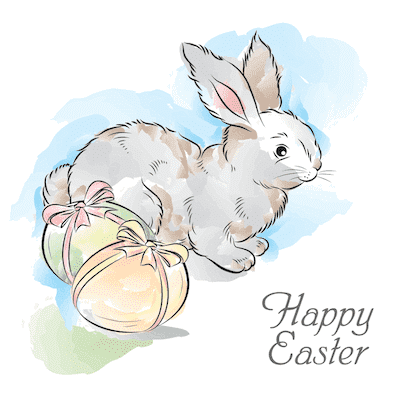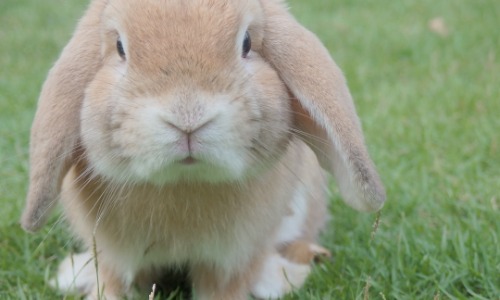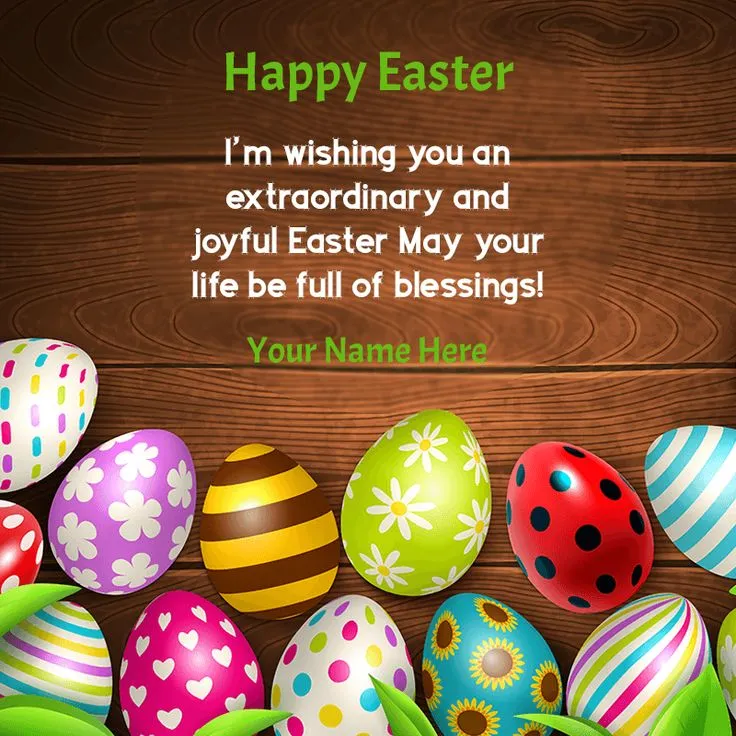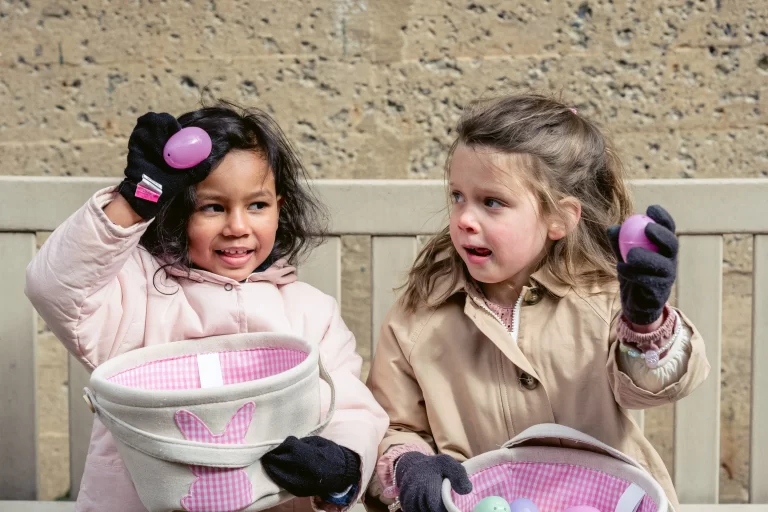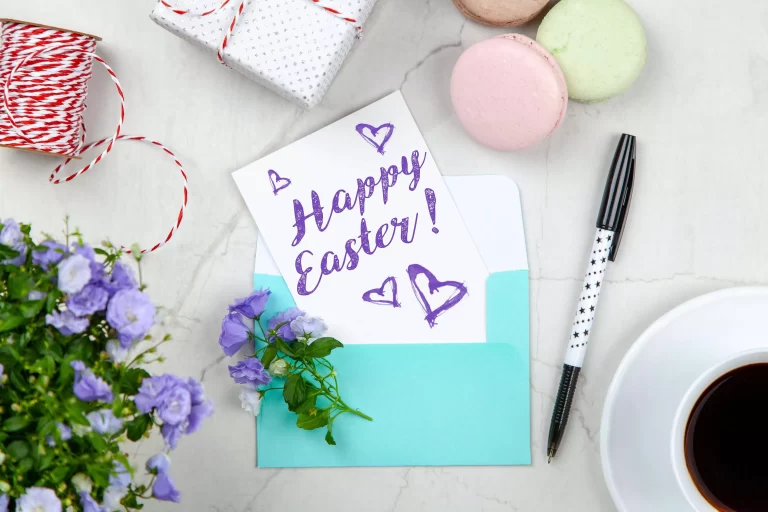The Mystique of the Easter Bunny and Eggs
Have you ever wondered why a bunny delivers eggs during Easter? It’s a quirky combination, isn’t it? A furry mammal and a fragile egg. Let’s dive deep into the enchanting world of the Easter Bunny and eggs to uncover their rich history and intertwined fate.
The Origins of the Easter Bunny
Pagan Roots
Before the bunny hopped its way into the Christian tradition, it had roots in ancient Pagan celebrations. The hare, a symbol of fertility and rebirth, was associated with the festival of Eostre. Have you ever heard of the Germanic goddess Eostre? She was celebrated during the spring equinox, and her sacred animal was none other than our floppy-eared friend.
Christian Integration
As Christianity spread, it often blended with local customs. The Easter Bunny found its place in Christian traditions as a symbol of Christ’s resurrection. Remember how Jesus rose from the dead? Just as the bunny comes to life each spring, Jesus was reborn, bridging the gap between Pagan and Christian celebrations.
The Significance of Easter Eggs
Symbolism of the Egg
Eggs have always been a potent symbol of new life and rebirth. Think about it – inside that hard shell lies the potential for life, just waiting to burst forth. Just as the world wakes up after winter, the egg represents the promise of a fresh start.
Traditions Across the Globe
From Russia’s intricate Fabergé eggs to the simple dyed eggs in American backyards, the tradition of decorating and gifting Easter eggs spans continents. Did you know that in some cultures, people exchange eggs as tokens of love and friendship?
The Colorful World of Egg Decoration
Ancient Customs
In ancient times, people dyed eggs using natural ingredients like onion skins and beet juice. Can you imagine the rich, earthy colors they produced? These naturally dyed eggs were then shared among loved ones.
Modern Techniques
Nowadays, we have a plethora of dyes and stickers at our disposal. From glittery designs to cartoon characters, the sky’s the limit! Have you tried using wax or watercolors for your Easter eggs?
How the Bunny and Eggs Became Inseparable
The Fusion of Symbols
While the bunny and the egg both symbolized rebirth, it was in Germany in the 1600s that they were first linked. Children believed that the “Osterhase” or Easter Hare would lay colorful eggs for them to find. Imagine waking up to such a delightful surprise!
Modern Celebrations
The tradition of the Easter Bunny bringing eggs has since spread worldwide. Today, millions of children eagerly await their chocolate eggs and other treats, all thanks to this legendary hare.
Keeping the Tradition Alive
Easter Egg Hunts
One of the most beloved traditions is the Easter egg hunt. Kids, armed with baskets, scour gardens, and homes for hidden treasures. Have you ever participated in one? The thrill of the chase is unforgettable!
Crafts and Activities
From egg painting workshops to bunny mask-making, Easter provides a plethora of activities for families. It’s a time to bond, create, and most importantly, have fun.
The Cultural Impact of the Easter Bunny and Eggs
Media and Pop Culture
From movies to advertisements, the Easter Bunny and eggs have secured their place in popular culture. They’re not just symbols of a religious holiday; they represent family, fun, and the joys of spring.
Commercialization
While some lament the commercialization of Easter, there’s no denying the economic impact. From candy sales to themed merchandise, the Easter Bunny and its eggs are big business.
In conclusion, the Easter Bunny and eggs are more than just holiday symbols. They are a testament to the blending of cultures, the evolution of traditions, and the universal joy of celebration. Whether you’re hunting for eggs, crafting with family, or just enjoying some chocolate, remember the rich tapestry of history that brought these symbols to life.
FAQs
- Why is the bunny associated with Easter?
The bunny, originally a symbol of fertility in Pagan traditions, was integrated into Christian celebrations as a representation of Christ’s resurrection. - Are Easter eggs religious symbols?
Yes, in Christian traditions, eggs symbolize rebirth and the resurrection of Jesus. - Why do we have Easter egg hunts?
Easter egg hunts are a fun tradition where children search for hidden eggs, symbolizing the joy of discovery and the promise of rebirth. - How did the tradition of the Easter Bunny start?
The tradition began in Germany in the 1600s when children believed the “Osterhase” or Easter Hare would lay colorful eggs for them. - Are there other symbols associated with Easter?
Yes, other symbols include the cross, candles, and the lamb, each representing different facets of the Easter story.

